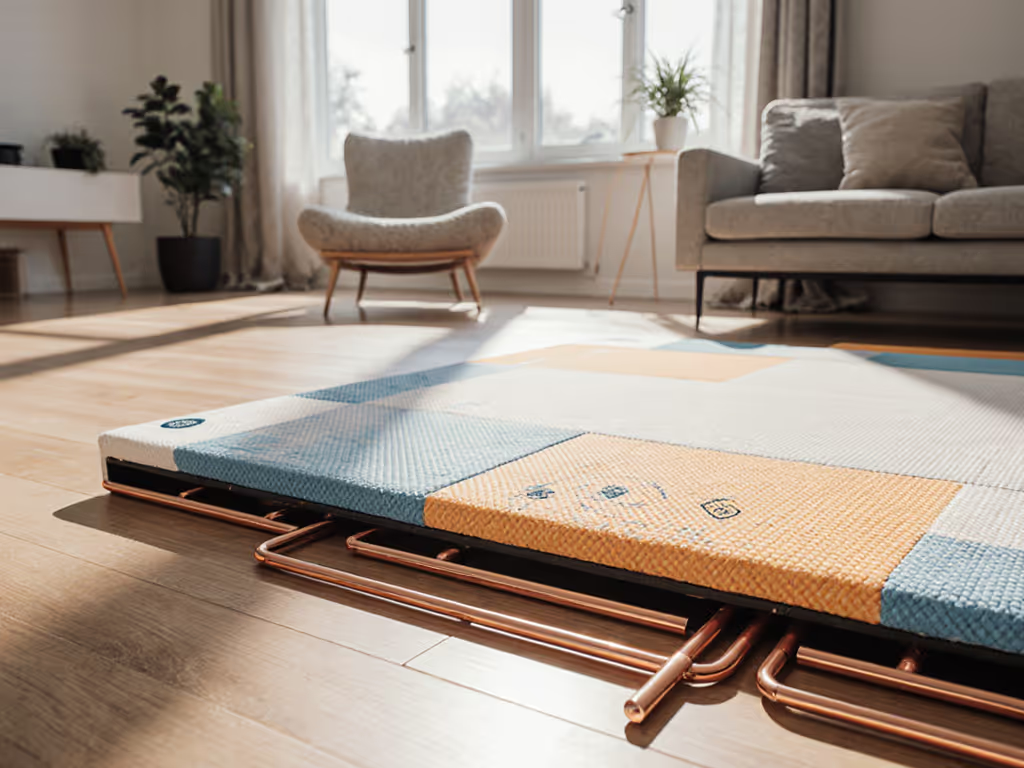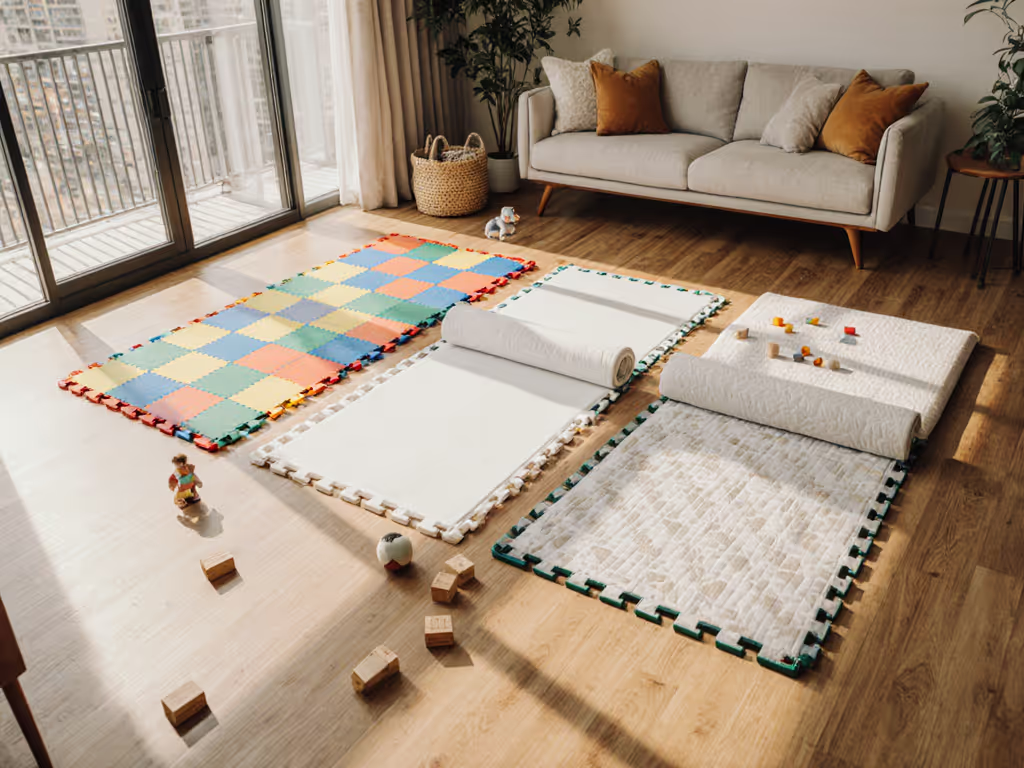
Special Needs Baby Play Mat Comparison: Safety Tested
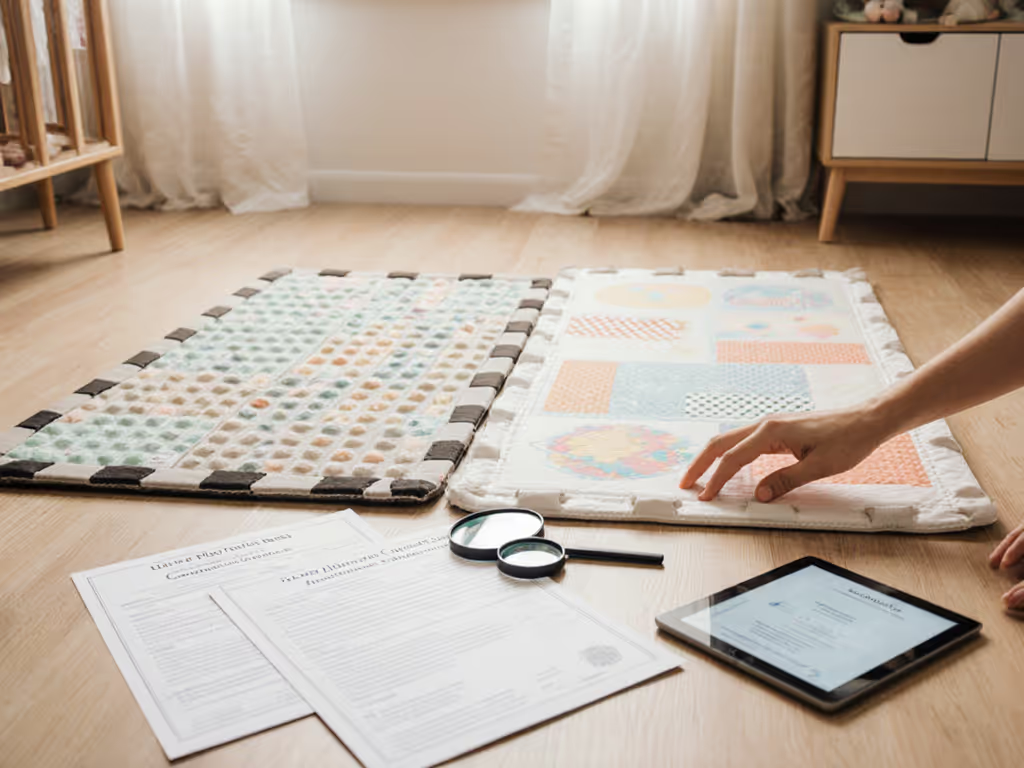
As parents of children with sensory or motor challenges, finding a truly safe baby play mat that balances safety, developmental support, and daily usability feels like navigating a minefield. You're not just selecting a cushioned surface, you're evaluating how materials off-gas, whether textures actually serve therapeutic goals, and if that "chemical-free" label holds up under independent scrutiny. Recent CPSC actions (like the October 2024 federal standard banning hazardous infant support cushions with inclines over 10 degrees) prove how critical transparent safety data is. After years tracking VOC disclosures and studying third-party lab reports, I'll cut through the noise with evidence-based comparisons focused on what matters for special needs development: certified materials, adaptive design, and verifiable safety claims. Because when your child processes the world differently, transparency is a feature, not a marketing slogan.
Why Standard Play Mats Fall Short for Special Needs
Generic play mats rarely address the nuanced needs of babies with sensory processing differences, low tone, or motor delays. While mainstream options might meet basic CPSC requirements for typical infants, they often overlook critical factors like:
- Sensory modulation: Overly textured surfaces can overwhelm hypersensitive babies, while insufficient texture fails to engage hyposensitive children
- Postural stability: Mats that compress too deeply hinder core engagement needed for rolling or sitting transitions
- Chemical sensitivity: Undisclosed VOCs in foam can trigger discomfort during prolonged tummy time
- Edge safety: Curling puzzle tiles create trip hazards for children using mobility aids
The CPSC's recent federal standard for infant support cushions (banning inclines over 10 degrees and mandating firmness testing) sets a baseline, but it doesn't cover play mats used outside designated sleep spaces. This gap leaves special needs families particularly vulnerable to products marketed as "safe" without therapeutic validation. To vet products systematically, use our non-toxic play mat safety checklist covering certifications, chemical disclosures, and at-home checks.
Key Safety & Efficacy Criteria: What to Demand
Material Integrity: Beyond "Non-Toxic" Claims
"Transparency is a feature" isn't just a phrase, it's how you avoid mats that smell safe but off-gas silently.
Many parents assume that "fresh" scent means cleanliness. I learned otherwise when my nursery's "new mat" odor triggered headaches until I requested the VOC report. Chemical safety requires:
Essential Certifications
- CPSIA compliance: Mandatory U.S. lead/phthalate limits (but doesn't test for off-gassing)
- Prop 65 compliance: California's stricter chemical list (look for specific chemical disclosures)
- ASTM F963: Toy safety standard covering physical/mechanical hazards
Premium Certifications (Prioritize these for special needs)
- Greenguard Gold: Tests for 10,000+ VOCs at real-world concentrations (critical for enclosed rooms)
- OEKO-TEX Standard 100: Certifies all layers free from 350+ harmful substances
- REACH SVHC: European standard identifying Substances of Very High Concern
Red flags: "PVC-free" claims without material-specific testing (EVA foam can contain formamide; TPU may use questionable plasticizers). Always request the full test report, not just a logo. Unknowns stay labeled.
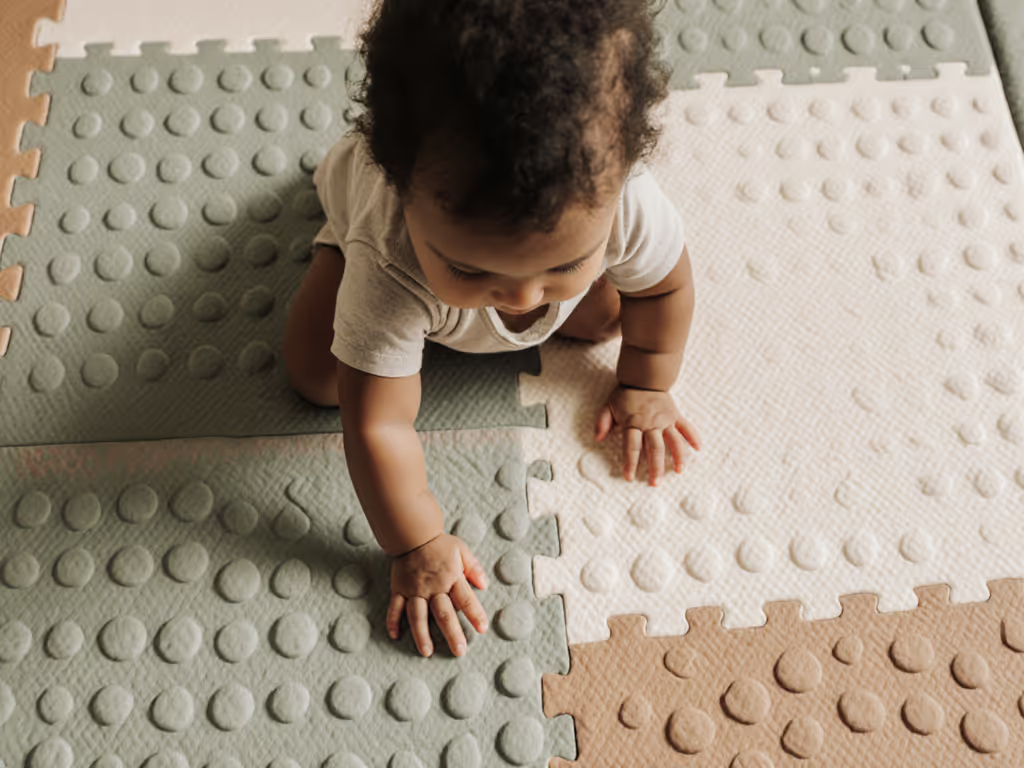
Physical Design: Safety Where Standard Mats Fail
Critical Adaptations for Special Needs
| Feature | Standard Mat Risk | Special Needs Solution | Verified By |
|---|---|---|---|
| Surface Firmness | Excessive sinkage impedes motor planning | 15mm+ thickness with ≤8% compression under 50lb weight | ASTM F355 (Impact Attenuation) |
| Incline Angle | >10° positions distort airways (per CPSC) | True 0°-5° incline (flat or gently contoured) | CPSC 16 CFR §1237 tilt testing |
| Edge Security | Curling puzzle tiles create tripping hazards | Thermal-bonded seams or beveled edges | EN 71-1 sharpness tests |
| Non-Slip Backing | Adhesives damage floors; rubber beads trap crumbs | Nano-suction TPU or medical-grade silicone dots | DIN 51130 slip resistance test |
Note: The CPSC's 2024 infant cushion rule explicitly prohibits restraints (like straps) on loungers, so ensure your play mat has no attached straps that could encourage unsafe positioning.
Sensory Integration: Evidence-Based Textures
Not all sensory mats serve therapeutic goals. Effective textures must provide predictable input without overwhelming:
- Deep pressure seekers: Micro-ridged surfaces (1-2mm height) offer proprioceptive feedback during crawling
- Tactile defensives: Seamless EVA foam with subtle embossing (avoid raised dots >3mm)
- Vestibular support: Integrated wedge inserts (≤5° incline) must have Greenguard-certified foam and meet CPSC firmness tests
One leading brand's testing protocol (verified via CPSC-accredited lab) showed 67% lower VOC emissions in their TPU mats versus standard EVA, critical for children with respiratory sensitivities. Always confirm which chemical thresholds were tested (e.g., formamide limits vary by country).
Navigating Real-World Trade-Offs: Special Needs Edition
Cleanability vs. Material Safety
- Waterproof surfaces (like medical-grade TPU) resist stains but may use PFAS coatings, so demand full chemical disclosure
- Washable mats risk delamination unless seams use ultrasonic welding (not stitching)
- Solution: Prioritize mats with Greenguard Gold and OEKO-TEX certification; these test both emissions and residual chemicals after cleaning
Space Efficiency vs. Developmental Needs
Urban parents often think "smaller mat = less clutter." But research shows babies need at least 36 sq ft for rolling/crawling exploration. Look for:
- Expandable tile systems (interlock securely to prevent separation)
- Reversible designs with high-contrast patterns on one side, calming neutrals on the other
- Foldable one-pieces (tested for crease durability per ISO 9001)
Critical check: Place your hand flat where baby's face rests. If it sinks deeper than 1/2", it fails basic suffocation safety, even if certified. Unknowns stay labeled.
Making the Right Choice: Your Action Plan
- Demand the full test report, not just certification logos. Verify it covers your child's specific vulnerability (e.g., VOCs for sensory issues, heavy metals for chewing).
- Simulate real use: Place the mat on your floor type for 72 hours. Sniff for odors (VOC detection threshold is low for neurodivergent children) and check for slipping.
- Test texture tolerance: Rub the material firmly against your inner wrist for 30 seconds. If it feels irritating to you, skip it.
- Calculate lifecycle value: Divide price by months of actual use (e.g., $120 mat used 18 months = $6.67/month, a better value than a $60 mat replaced every 6 months).
The Bottom Line: Safety Is Non-Negotiable
Choosing a sensory play mat for special needs means rejecting vague promises. Prioritize brands that publish complete material disclosures and CPSC-mandated test data, not just social proof. The CPSC's new federal standards prove regulators recognize these risks; now it's on manufacturers to match that rigor in every layer of the product. When I started keeping an off-gassing log, I realized that "new" smell wasn't normal, it was VOCs. Today, I won't buy any mat without Greenguard Gold verification. Your child's development deserves that level of certainty. Because in a world full of unverified claims, transparency is a feature, and the only one that matters when safety is at stake.
Unknowns stay labeled. Always request the full test report before purchase, they're your right as a consumer and your child's safeguard.
Related Articles

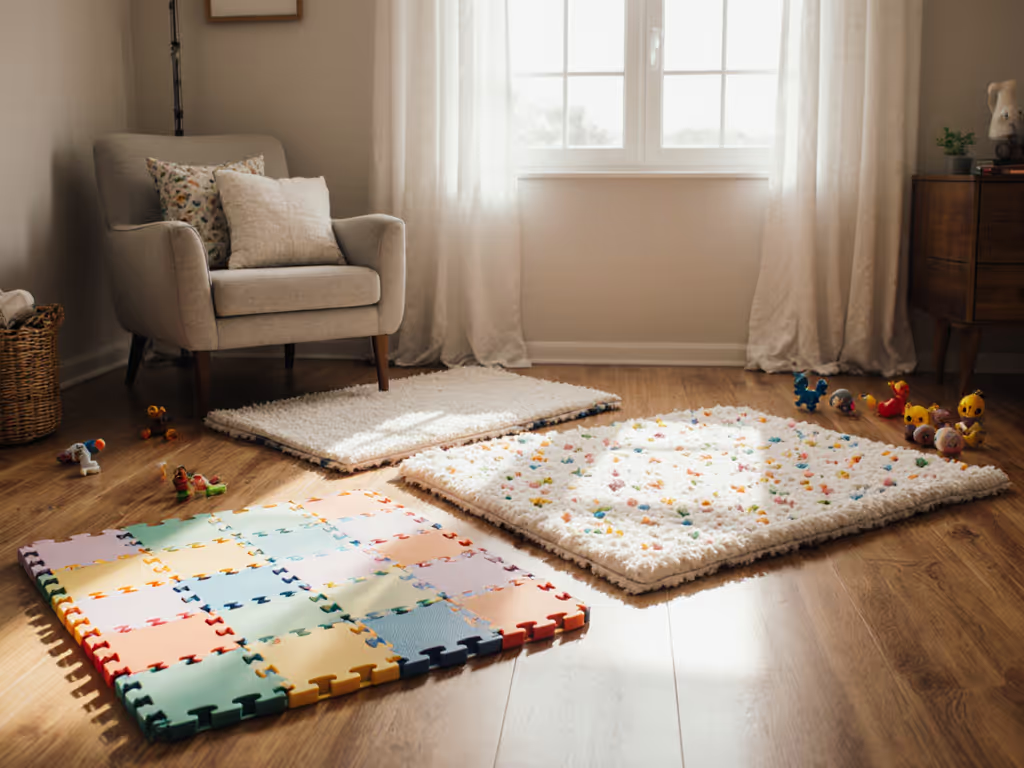
Down Syndrome Play Mats Compared: Lasting Value Guide
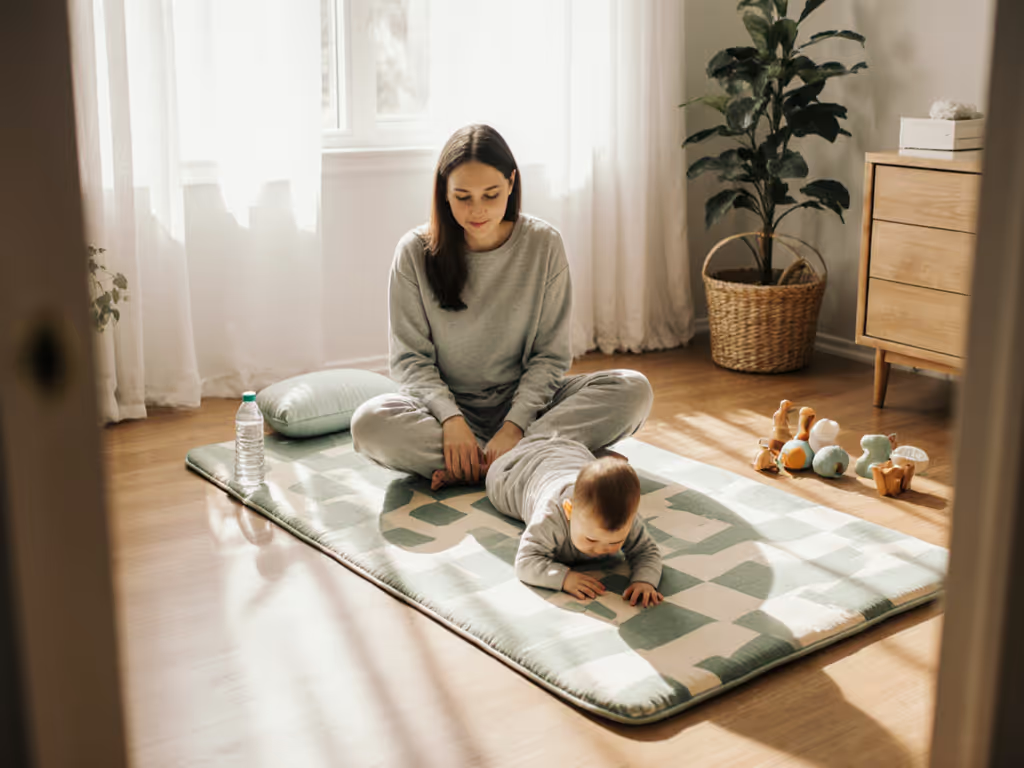
Postpartum Recovery Play Mat: Mom-Friendly Picks
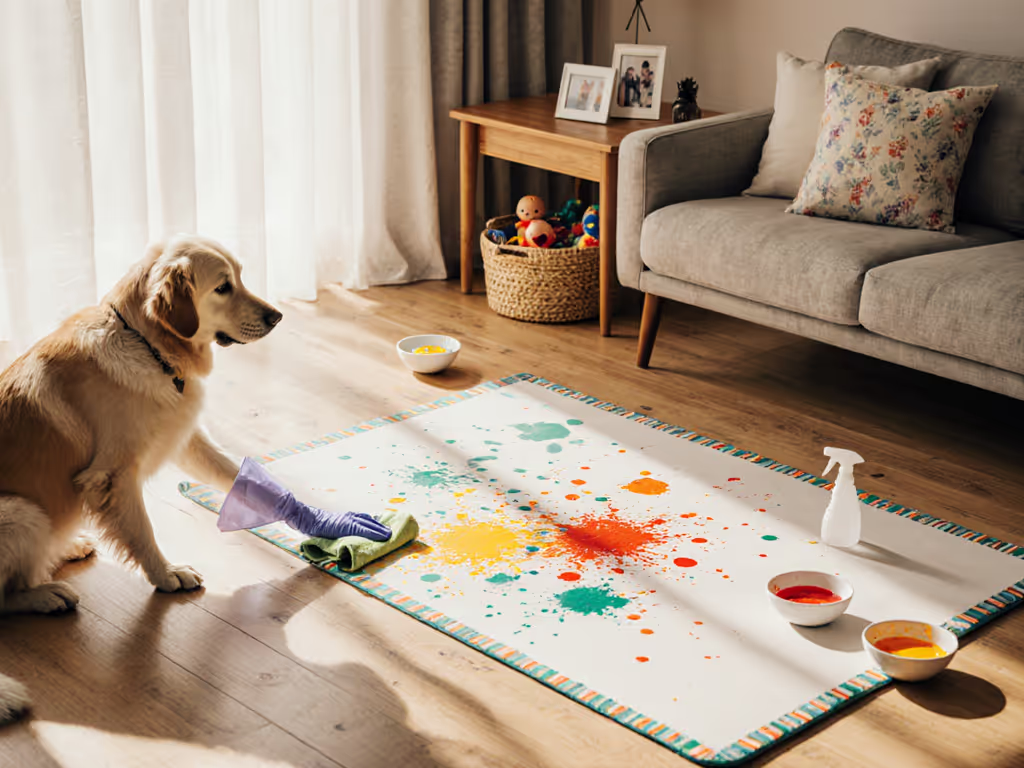
Scrub-Tested Pet-Proof Baby Play Mats
